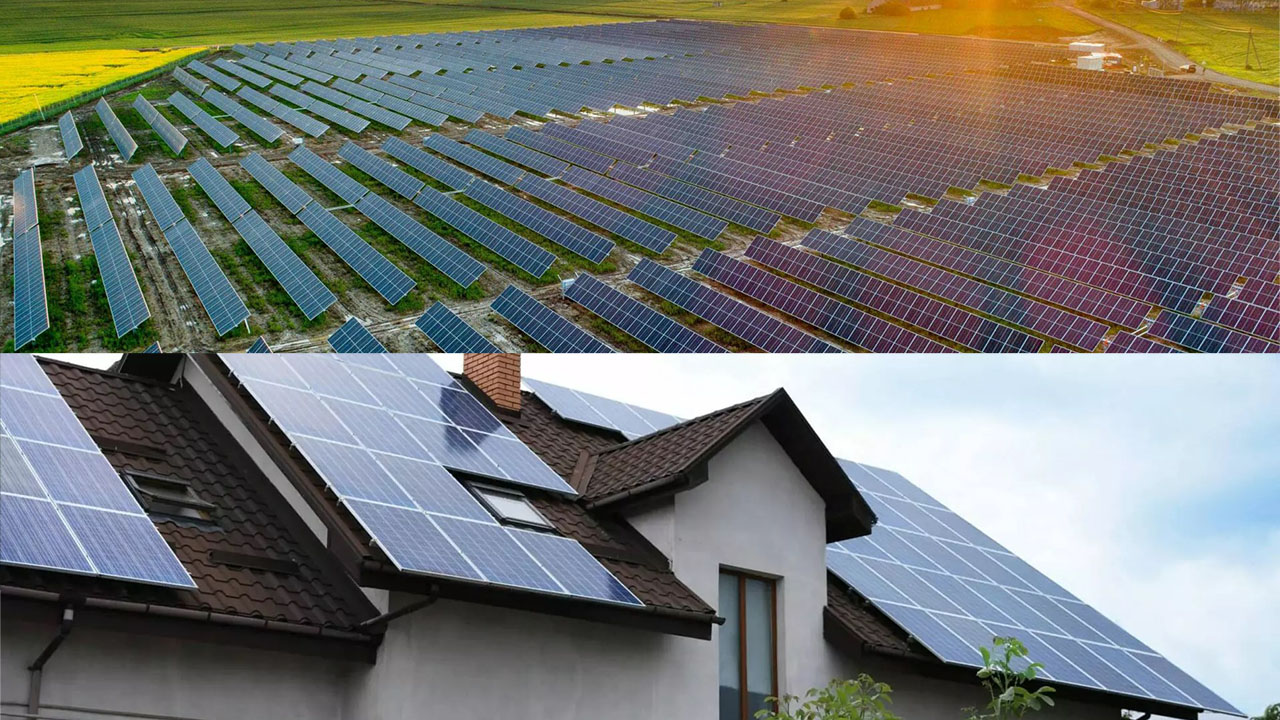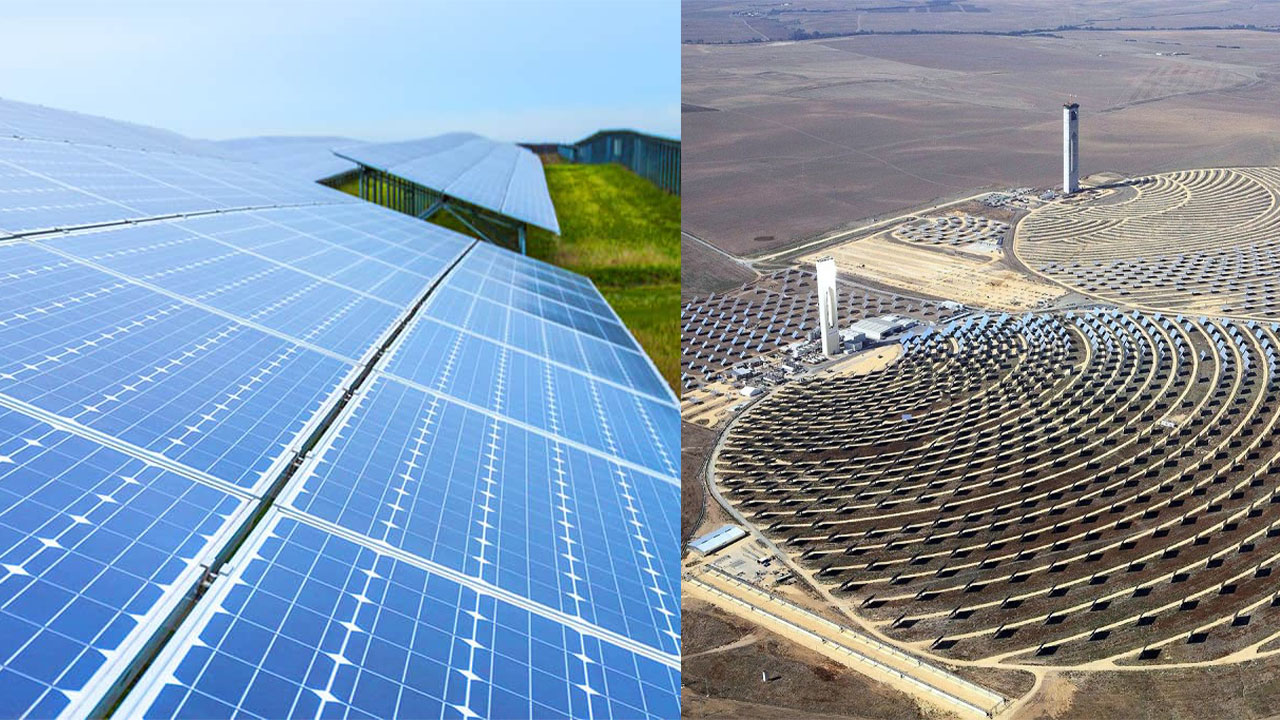Researchers at the University of Ottawa in Canada have looked into the impacts of utilizing an artificial ground reflector in large-scale bifacial PV plants and have discovered that it can enhance a facility’s power generation by up to 4.5%.
Lead researcher Mandy Lewis noted, “Critically, these reflectors should be placed directly under the solar panels, not between rows, to maximize this benefit.
These findings are particularly significant in Canada, where snow cover persists for three to four months of the year in major cities like Ottawa and Toronto, and 65% of the country’s vast landmass experiences snow cover for over half the year.”
The investigation was conducted on a 75 kW bifacial system utilizing horizontal single-axis tracking (HSAT) and located at a testing facility of the US Department of Energy’s National Renewable Energy Laboratory (NREL) in Golden, Colorado.

The study focused on a single row of PERC+ modules with a bifaciality factor of 70%, spanning over 4 months. The team collected module-level power and weather data at 1-minute intervals, which were then averaged to obtain 15-minute power values.
The researchers utilized an artificial high-albedo, UV-resistant reflector material made of high-density polyethylene (HDPE) from Germany-based Solmax Geosynthetics, boasting a solar-weighted reflectivity of around 70%.
They assessed five different reflector configurations, including various ground coverages and placements.
Comparing the performance of the PV system’s parts with and without the reflector, the modeling indicated an increase in total annual irradiance of 8.6% and an annual energy yield of up to 4.5% when 70% reflective material is incorporated into a single-axis-tracked system.
The optimal reflector placement was identified to be directly under the torque tube for all reflector sizes.

Moreover, economic analysis revealed that the reflector technology could achieve breakeven installed costs ranging from $2.50 to $4.60 per m2, with profitability contingent upon location and solar radiation levels.
However, they cautioned against deploying reflectors in projects with inverter clipping, as it could diminish the annual energy gain and necessitate adjustments in reflector placement.
Their findings, published in Progress in Photovoltaics, are particularly pertinent for regions like Canada and other countries with predominantly cloudy climates, where power gains were observed to be higher compared to arid regions like Tucson.
In a related development, another research group at the University of Ottawa has devised a new technique, termed scaled rear irradiance (SRI) method, to measure the energy yield of bifacial PV systems, aiming to enhance existing measurement standards by accounting for spectral albedo variations in different ground covers.







Leave a Reply